Today on the blog I want to pay tribute to three people whose vision and guidance made my Lean education possible. Of course, there are many others who deserve mention, but here are three leaders who had a lasting impact on my work. Read on below the graphic for more information and stories.
Yoshiki Iwata
Iwata was founder of Shingijustsu Company, Ltd. He was an original member of the Toyota Autonomous Study Group (a project team assembled from Toyota’s subsidiary companies), which first developed Toyota’s Lean production practices (the kaizen system). He and Nakao reported to Taiichi Ohno, father of the Toyota Production System.
When we began our Lean Journey at Boeing, we reached out to Iwata. We wanted to learn Lean techniques from the original source.
When we began our Lean Journey at Boeing, we reached out to Iwata. We wanted to learn Lean techniques from the original source.
Iwata had a deep sense of the power of continuous improvement. He once said, “We need both revolution and evolution. People will never get used to the idea of it. If we take small steps, it takes some time before people understand. Kaizen shows them real results.”
Chihiro Nakao
Nakao, like Iwata, trained with Taiichi Ohno at Toyota. Nakao consulted us during our Lean transformation at Boeing, and later mentored me through my transition to consulting.
It was Nakao who first suggested the name “Wash Your Hands,” a JBA event where Lean students observe and participate in an RPIW on the factory floor. I told sensei Nakao that I was partnering with Genie Industries and would be starting kaizen events at Genie, requiring my clients to attend as part of their certification. He said, “Black-san, you should call it ‘wash your hands’ training because Toyota engineers doing kaizen washed their hands daily.” The implication, of course, is that their hands were getting dirty in the gemba.
It was Nakao who first suggested the name “Wash Your Hands,” a JBA event where Lean students observe and participate in an RPIW on the factory floor. I told sensei Nakao that I was partnering with Genie Industries and would be starting kaizen events at Genie, requiring my clients to attend as part of their certification. He said, “Black-san, you should call it ‘wash your hands’ training because Toyota engineers doing kaizen washed their hands daily.” The implication, of course, is that their hands were getting dirty in the gemba.
Bruce Gissing
Gissing was my boss at Boeing. I initially prodded Gissing about going to Japan to understand what “world-class” really meant. It was Bruce’s vision, experience, and presence that made the trip happen. Under his leadership, all of Boeing’s top executives visited Japan in the early 1990s, beginning Boeing’s transformation toward operating according to world-class principles and practices, as well as implementing the Toyota Production System.
Here’s how Gissing described the culture at Boeing before Lean:
Here’s how Gissing described the culture at Boeing before Lean:
“‘If it ain’t broke, don’t fix it’” was an underlying theme. We had gone through market cycles, but always came out of them bruised but not hurt. The “method of choice” for contending with the cycle was massive layoffs. The Boeing psyche when a consultant suggested that we could improve our operations was skepticism. Our retort was always ‘we are different’—simply put, we were arrogant.”
Gissing had the vision to see the writing on the wall and push for needed changes. After the Japan trip, Gissing put us on a rigid schedule to implement our action plans. The formation of the Boeing Commercial Airplane Group Strategy Council in February 1991 set the stage for a major full-court press focused on world-class competitiveness principles learned in Japan. I will always be inspired by Gissing’s courage to steer Boeing on a bold course to success.

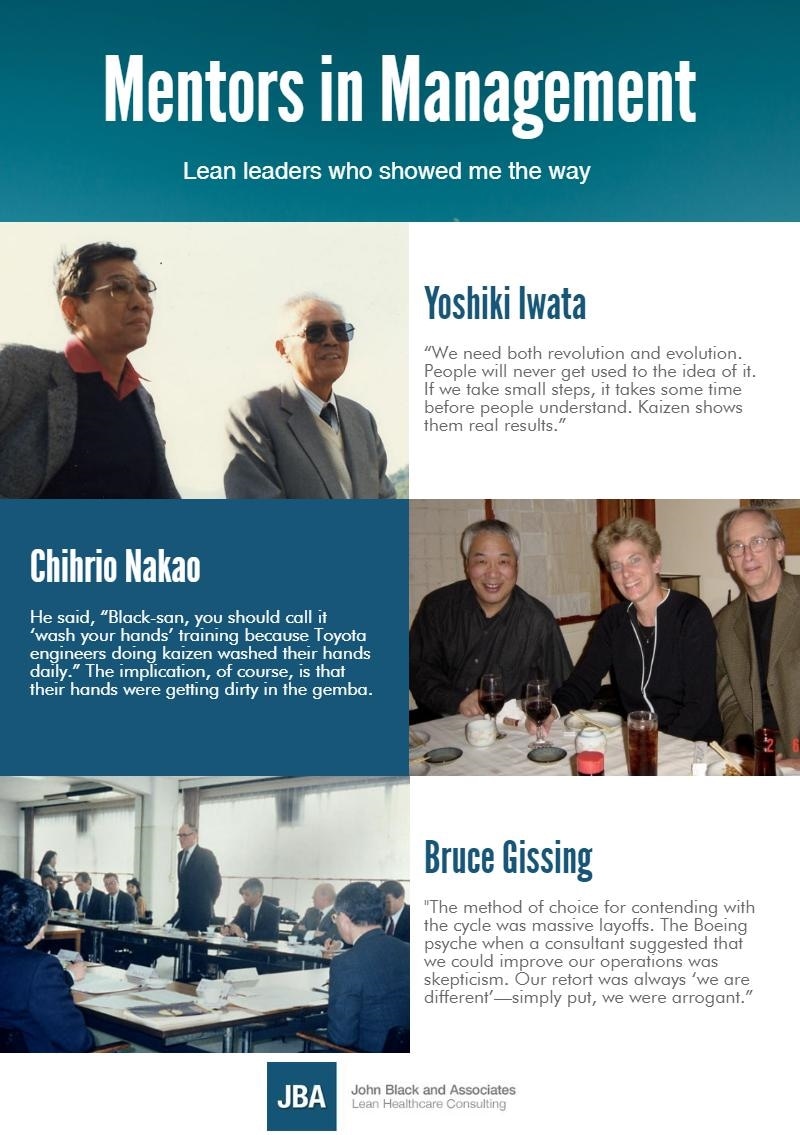
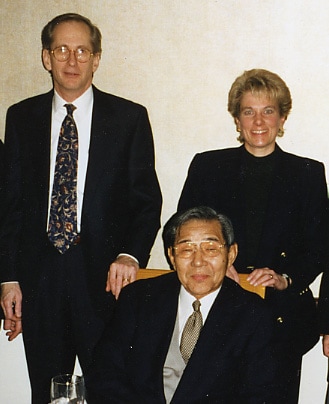
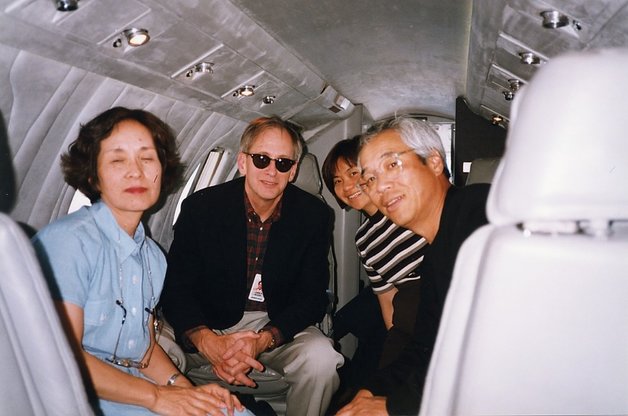
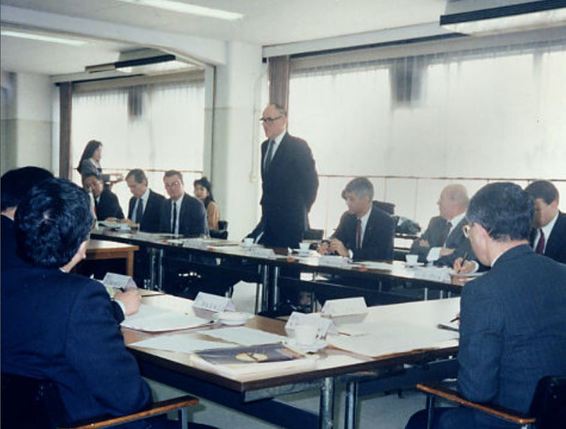
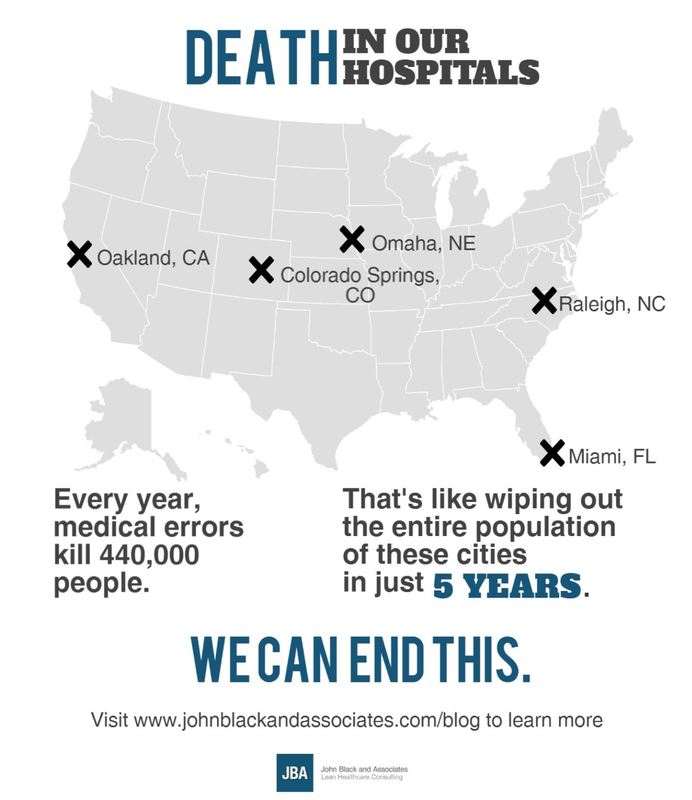
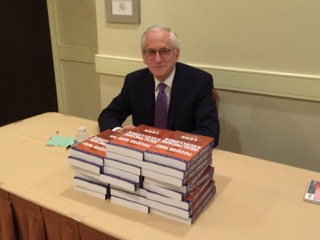
 RSS Feed
RSS Feed